Table of contents
Meaning of the colors of Lilies: white, pink, orange, blue and more!
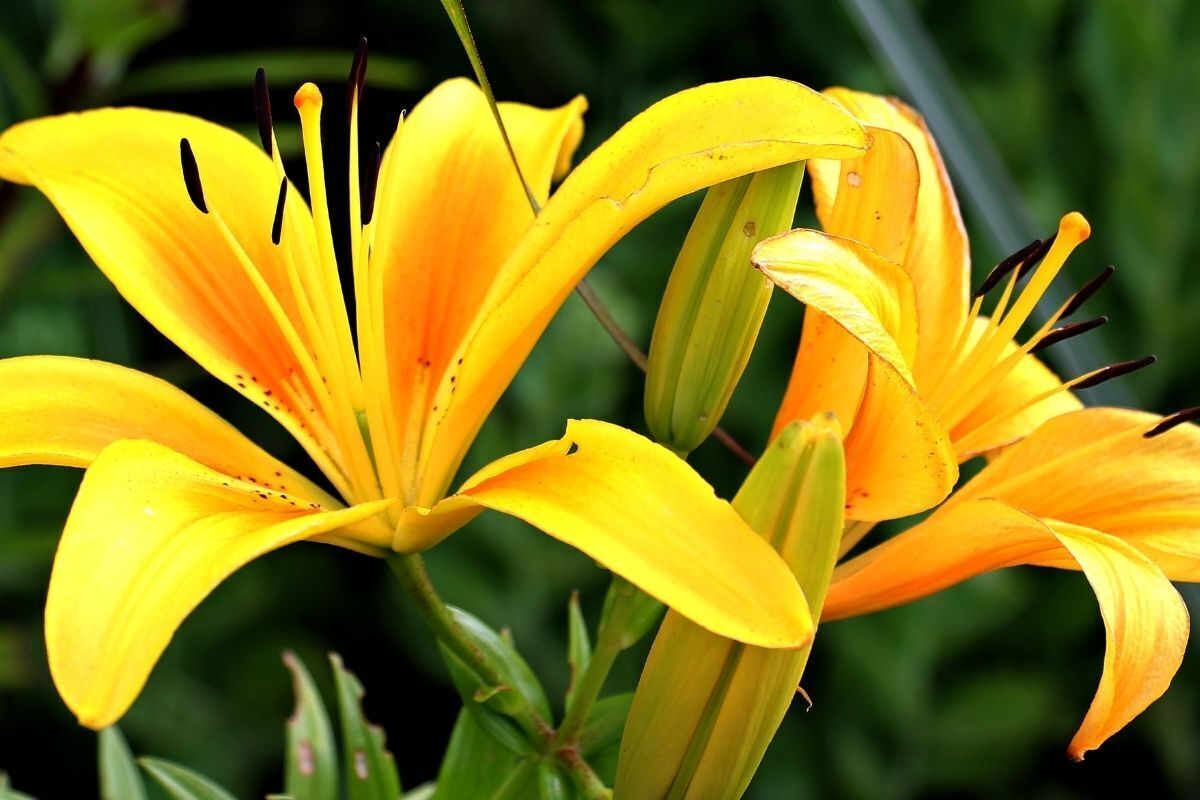
Widely used as decoration and as gifts for loved ones, lilies are known for their beauty and mysteries. The meaning of lilies can vary depending on the colors of their petals. There are also different symbolisms according to religion.
The plant is native to Southeast Asia, Europe and North America. It can also be found in countries with tropical climates. It is not known for sure when the lily began to become popular, but there are reports that in Egypt and Greece, the plant was used medicinally and as an offering to the gods.
Moreover, the fame of the plant does not stop there. Many famous artists, like Van Gogh, used the lilies as inspiration for some of his great works. Want to know more about this super plant? Continue reading the article and discover how the lilies can be your ally in time to honor someone or clean the air of your home!
Understanding more about the Lilies
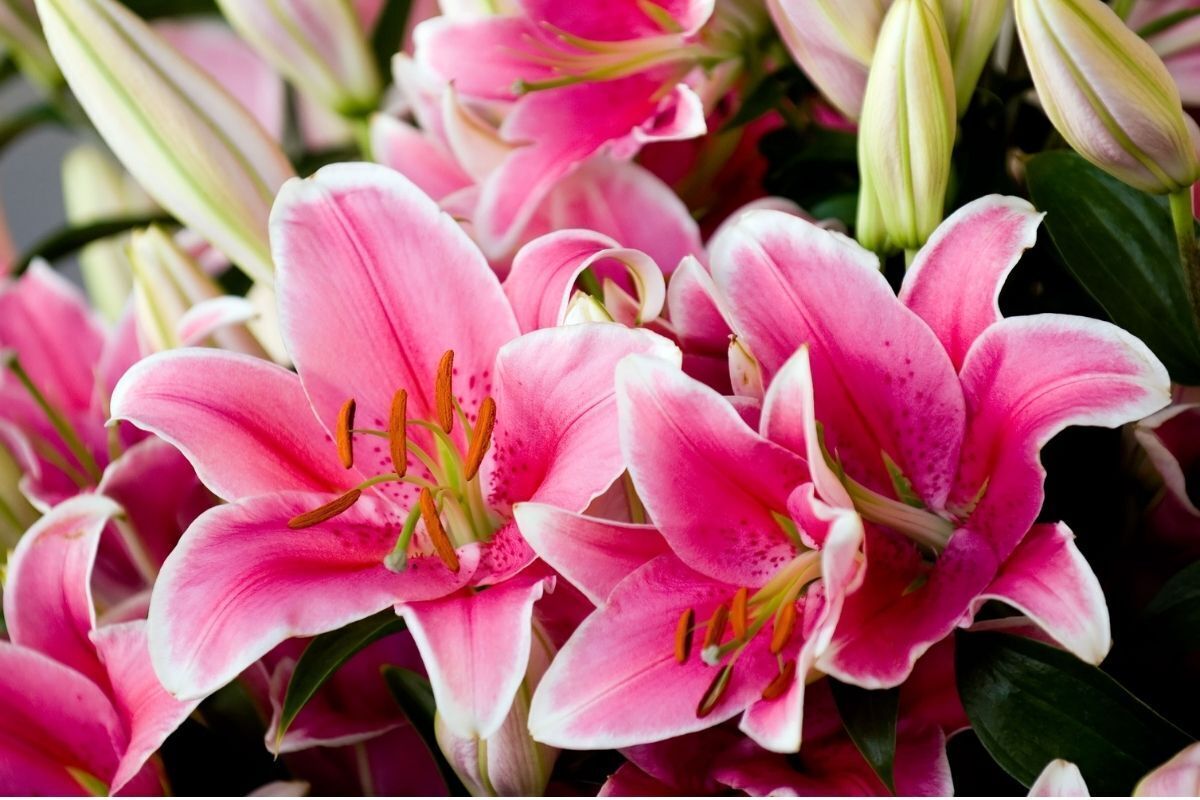
Considered one of the most beautiful ornamental plants, the lily is usually sold in vases. But throughout its history, it has been part of royalty's gardens, altars for Gods and even the formulas of alchemy and ancient medicine. In the most diverse religions, it is used as an offering and baths. In natural medicine, it has anti-inflammatory properties. See more below!
Origin and history of Lilies
The lily is one of the oldest plants of mankind. Despite being initially found in only a few regions of the planet, the plant eventually became the darling all over the world.
Loaded with meanings, lilies are the result of the crossing of several species, which is why there is a variety of colors. Since ancient times, the plant is revered for its mystical powers. In Greek mythology, for example, Hera, wife of Zeus, had so much milk to nurse Hercules that her breasts gushed drops of milk.
Those that touched the ground became lilies. In countries of pagan origin, the flower was magical and used in rituals. In Catholicism, it was quoted by Christ in his parables and until today is attributed to the Virgin Mary.
Types of Lilies
There are more than 100 different species of lilies, but only three are suitable for decoration and can be planted in pots or vertical gardens. In Brazil, we can find some typical species, such as bush lily, creeping lily and Amazon lily.
But, worldwide, the most popular lilies are the Asiatic, the Oriental and the Longuiflorum. Each of the species can vary according to the shape of the flower, the leaf and the size reached by the plant. However, despite being known as lilies, not all of them are original. This is the case of the Peace Lily.
Oriental Lily: has a strong and unique aroma
Angiospermae of the Iridaceae family, the Oriental Lily, or Lilium speciosum Thunb, is a bulbous herbaceous plant that can reach two and a half meters in height. Originally from Japan, this plant is the most fragrant of all species. Its variations are:
- Lilium Anastasia (one of the largest of the species);
- Lilium Donato (reddish purple flowers);
- Honeymoon Lilium (its flowers are light yellow);
- Lilium Conca d'Or (flowering period lasts 100 days);
- Lilium Robina (red-violet flowers);
- Lilium Miss Feya (diameter of the red-purple flower with white edges is about 20 cm);
- Lilium Ovatie (white cup-shaped flowers);
- Lilium Sheherazade (the largest of the species, reaches 2.5 meters tall with dark red flowers);
- Carillon de Naziri (flowers about 30 cm in diameter in purple and whitish colours);
- Orenka (high-growing hybrid, usually orange in colour).
Oriental lilies usually bloom in winter and spring and can be planted in pots or close to walls in sandy soil. They prefer little sun and moisture, and their meaning is of royalty, rebirth and purity.
Asiatic Lily: does not present much aroma
Asiatic lilies are perennials, and their height can reach up to 3 meters. Generally, they are white, but they can present variations. They can have scents or not, depending on the species. Asiatic lilies are hybrids, so depending on the species, they can be planted under strong or mild sun.
Its flowering happens at the end of spring and the end of summer. However, it must be planted before the peak of hot temperatures and does not like very humid soils. They can also be found in purple, pink, cream and orange colors, always in vibrant shades.
The flowering of the Asiatic lily usually lasts between one and two weeks. The Lilium Pumilum, as it is known by botanists, has numerous, smooth and linear leaves, unlike the Oriental, which has horizontal, elliptical, dark green and thick leaves.
Longiflorum Lily: has a mild aroma
A favorite species of brides, the Lily Longuiflorum is one of the best known plants for its peculiarity. Unlike other lilies, this one has flowers only in light tones, predominantly white and cream. Its aroma is light and soft.
Originally from the region of Taiwan, the Lily Longuiflorum, like the Oriental Lilies, has large flowers. It is a plant that likes moderate sun and little humidity. As the flowers of this lily are very large, it is recommended to place cuttings to avoid breaking the stem of the plant.
In ideal conditions, the Lily Longuiflorum can reach a height of one meter. The plant adapts well to indoor and outdoor environments and can also be grown in pots. This variety of lily is the favorite of florists for arrangements, because it combines with almost all other plants.
General meaning of Lilies
Besides being sacred and revered by several cultures, civilizations, religions and famous painters and artists, the lily has fundamental meanings for human coexistence. Harmony, rejuvenation and hope are some of them.
In addition, lilies also symbolize prosperity, abundance, and success. Depending on the color of their flowers, the meaning can change. But without a doubt, the lily (hybrid or otherwise) is recognized as the symbol of balance, tranquility, and peace.
Other information about the Lilies
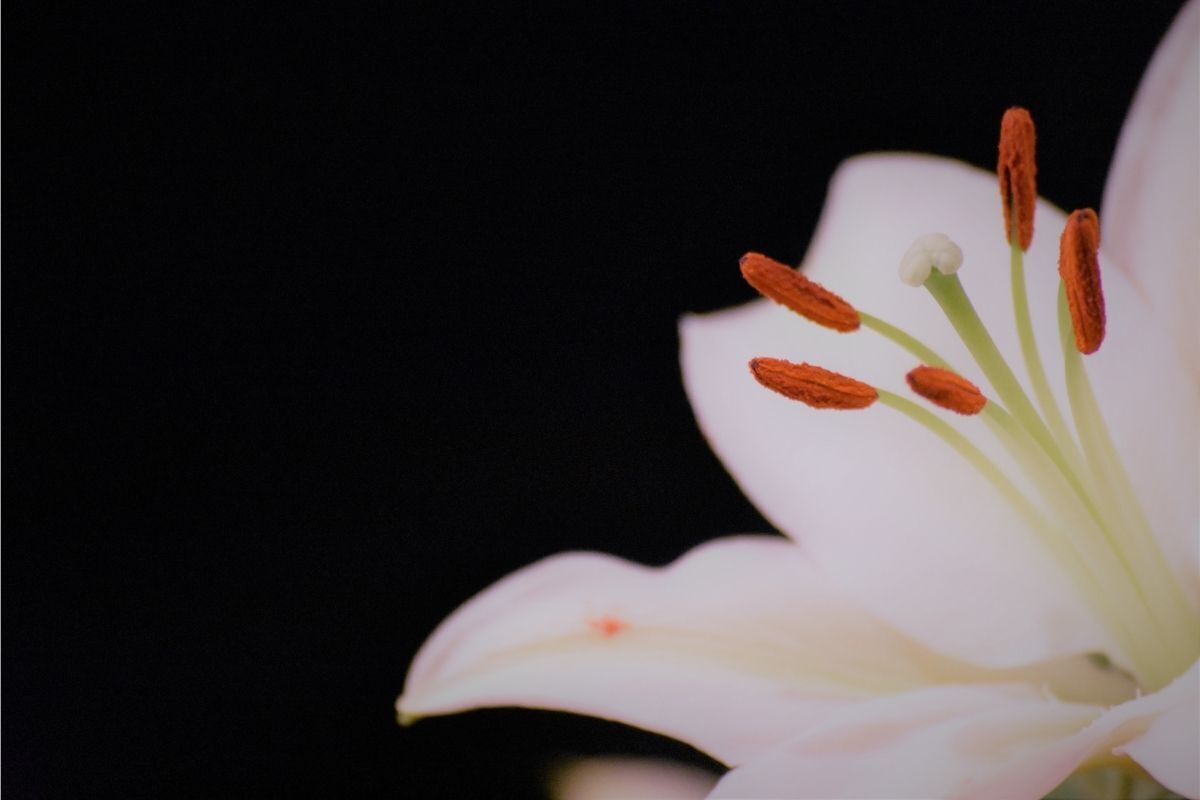
Did you know that, according to an article published by BBC News, studies conducted by Bill Wolverton and endorsed by NASA point out that the lily filters pollutants benzene, xylene, ammonia, trichloroethylene and formaldehyde, keeping the air clean? See below other benefits and uses of this super plant!
Benefits of having a Lily at home
Widely used to harmonize environments, the lily has properties of purification and cleaning environments, removing negative energies. The lily is therefore a natural energy harmonizer that restores the physical, mental and spiritual balance, and is even recommended for those seeking inner peace.
In addition, the lily eliminates the humidity of the environment, reducing the proliferation of dust mites and fungi. This inhibits respiratory diseases and allergies such as rhinitis. Moreover, if used in the bedroom, for example, can provide peaceful sleep and anxiety control.
Relationship between the plant and Feng Shui
Feng Shui, also known as Chinese geomancy, is a practice that seeks to harmonize the environments from the energetic forces. For those who do not know, Feng Shui means applying the energies of nature that are always in motion to seek balance.
Thus, for Feng Shui, the lily is considered the "joker" of energy transmutation and harmonization because it adapts easily to any environment, provided there is not much incidence of sunlight. As a plant that makes the energy exchange with the environment, the lily is essential in the purification of rooms.
Relationship between the plant and Umbanda
In Umbanda, the lily is associated with the Orixás Oxum and Yemanjá, but also carries the energy of Oxalá. Therefore, the plant is widely used for unloading, purification baths and leaf-beating. These rituals aim to enhance the energetic properties of the plant to ensure spiritual results.
Moreover, in these rituals, the use of the plant also serves to bring mental clarity, peace of mind, balance between mind, body and soul and spiritual maturation. The lily is also used in rituals for prosperity and self-knowledge, as it provides the elevation of the inner self and the attraction of positive energies.
Combination of Lily with other flowers and plants
Combinations of other plants with the lily will depend mainly on its energetic and spiritual purpose. So, if the idea is to enhance the properties of cleansing and harmonization, the ferns are a great alternative. The fern is a plant that attracts balance, providing prosperity.
The secret is that although the fern's leaves grow downwards, which can slow down your professional and personal growth, it is balanced by the lily, whose leaves grow upwards. Because of their versatility and diversity of meanings, lilies are preferred for arrangements, bouquets, interior decoration and gardening.
Lilies are also great gift options!
Due to its various meanings, gifting moms-to-be or new dads with white lilies is a good option, since the tone of its flower symbolizes purity, innocence and hope. Therefore, lilies end up being great gift options.
In addition to being beautiful and easy to handle, they bring a pleasant message to those who receive the gift, regardless of the occasion. Moreover, some lilies, such as oriental, for example, are extremely aromatic, being an extra charm to ensure success in time to give.
Meaning of the colors of Lilies
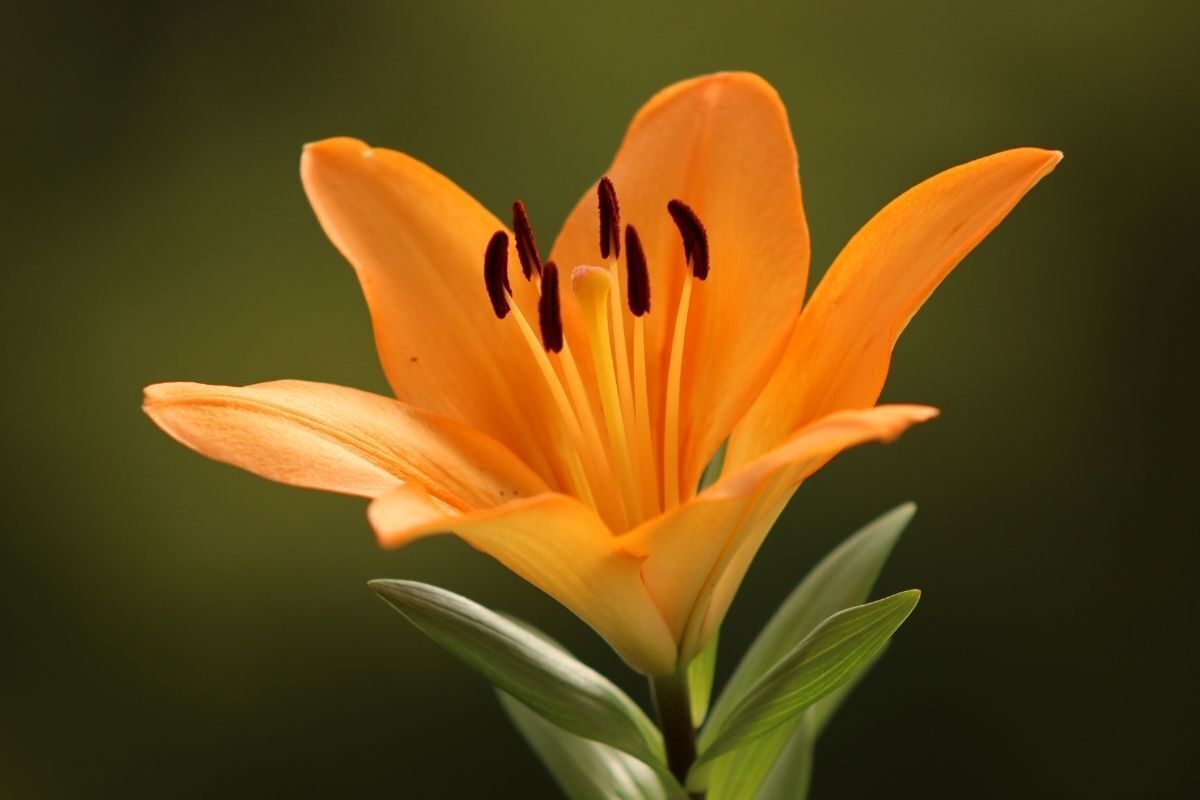
Associated with romanticism, purity and unconditional love, the flowers of lilies are full of magic, mystery and religiosity. Each color of its petals can be crucial when choosing which lily to buy to have at home, at work or give to a loved one. See below!
White lily
Renewal and purification. Despite the many meanings of the white lily around the world, these two are the most universal. The white lily is also enshrined as one that symbolizes the purity of soul and youthful ingenuity.
White lilies are the most popular of the species and, because they symbolize chastity, according to the Catholic Church, they are the favorite of brides for wedding decoration and their bouquets. The white lily can also mean, in some societies, liberation and inner balance.
Orange lily
The orange lily was once a bargaining chip among peasants in the past, as having one meant that an agreement was sealed between the parties. It was also common for the plant to be massively present in Italian cities during fairs and trade festivals, as it symbolized the attraction of good business.
Today, the plant's orange petals are synonymous with attracting good energy, admiration and renewed love. They also signify vitality and success. Orange, one of the hottest colors, signifies spontaneity, enthusiasm and positive attitudes.
Yellow lily
If you win yellow lilies, this is a sign that that dear friend of yours will become your future love. Yellow is the color of friendship and joy, and also symbolizes gold and prosperity.
So much so that, in Umbanda, the yellow lily belongs to Mother Oxum. At home, the plant symbolizes energy. It also represents power, wealth and wisdom. It indicates the earth and its stability and is also linked to communication.
Pink or red lily
The pink or red lily shows sweetness, desire and sensuality. In Umbanda, the red lily is the flower of Iansã. The pink one can be attributed to Obá and, depending on the "side", also to Oxum. In any case, the pink and red lilies symbolize the sacred feminine.
This is a medium-sized plant that has a unique characteristic: the leaves and inflorescence never appear at the same time. First there is flowering, and then the leaves come, which remain throughout the winter. For this reason, in both Chinese and Japanese culture, it is also a symbol of the cycles of life and renewal.
Lilac or purple lily
The lilac or purple lily represents marriage, motherhood and purity. Depending on the occasion, it can signify purity of soul. Known in botany as Iris Germantica, the plant has a mild aroma coming from its huge flowers.
In some religions, the purple or lilac lily symbolizes faith, wisdom and valor. In others, it brings spiritual renewal. The lilac or purple lily can also symbolize honor and knowledge. Finally, for mystics, purple is the color of transmutation.
Blue lily
Rarer to find and with a unique beauty, the blue lily, also known as sacred lily, is native to East Africa, on the banks of the Nile River. In the East, its flowers signify spiritual purity. Opened, they signify creation of the Universe, and closed, they bring new possibilities.
The blue lily also signifies spiritual growth and expansion of consciousness. To some cultures, it is a symbol of security, good feelings, stability, trust and durability. In paganism, it is an enchanted symbol and usually signifies magic, mysticism, mystery and royalty.
Peace Lily
Because of its simplicity, the lily of the peace symbolizes virtue and innocence. In some civilizations, it is associated with beauty and delicacy of women. In others, it is a sacred plant, as it signifies spiritual clarity. For the followers of religions of African origin, the lily of the peace symbolizes sharp religiosity and a tendency to the priesthood.
In Christianity, the peace lily was mentioned by Jesus in his parables, and the Catholic Church adopted the flower as synonymous with purity and chastity. Because of its flag-shaped flower, the peace lily is also a call for truce. The plant has become an icon of peace everywhere on the planet.
How to care for the plant Lily
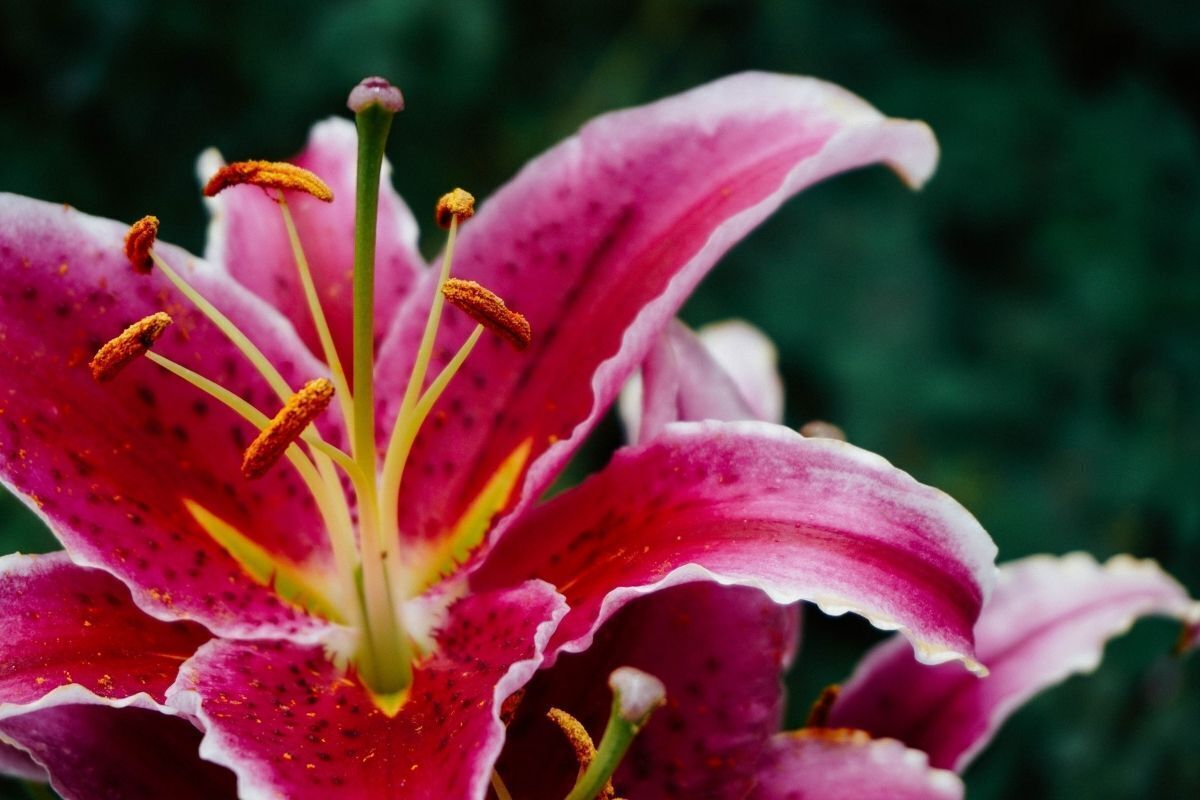
Simple to care for and easy to adapt, the lily can be planted in pots, flowerbeds, in the ground, in terrariums and even in vertical gardens. Its maintenance is easy and quick, so the plant is also suitable for those who have little time. See everything you need to know to keep your plant beautiful and exuberant below!
Where to put it?
The lily can be placed in any room of the house or even on balconies, balconies and gardens. According to Feng Shui, it is recommended to place the plant at the entrance of the house, as this prevents the entrance of negative energies.
It can also be placed in the bathroom, since the plant absorbs the humidity of the environment, preventing the formation of mold and mildew. In the bedroom, the plant has a calming and soothing action, improving even the quality of sleep.
Ideal lighting for the Lily
Despite being a shade plant, the lily should not be grown in totally dark environments. To develop, the plant needs a certain amount of luminosity. So, the ideal is to choose a place where there is a medium to high incidence of sunlight.
Another important hint: if its leaves start to yellow, it may mean that the plant needs some sun. But be careful, never put the lily directly in the sun. The ideal is to put the plant in a more illuminated place, preferably not during the hottest hours of the day.
Temperature and hydration
The lily does not need to be watered constantly, it is important, however, to keep the soil always moist. The ideal is to make a watering schedule to prevent the plant from receiving too much water. The lily of the peace likes humid places and temperatures around 20 degrees.
They are very sensitive to air currents, whether hot or cold. Therefore, it is important to place the plant away from windows, air conditioners, fans and heaters. In gardens, try to plant them near walls or other plants that create a barrier to the wind.
Soil and substrate for the plant
The lily, in a general way, requires little fertilization and can be grown with a porous substrate mixture with good drainage. This is because the plant tends to rot the roots quickly with the excess of water. Some interesting options are peat moss, perlite, vermiculite and bark, essential ingredients for light substrates.
To make the substrate, mix these ingredients in equal parts, creating an ideal growing medium for the plant. This culture appreciates pH values around 5.8 to 6.5. So, another alternative of cultivation is the organic compost, which can be with worm humus and equal parts of sand.
Maintenance and propagation of the Lily
The maintenance of the plant starts with watering, which should be done only two or three times a week. If the soil is still moist, it is not necessary to water. It is also important to spray the flowers and leaves with water once a month, to remove dust and residues, and there is no need for constant fertilization.
Every three or four months, prune the plant to remove the old leaves. If you want to make seedlings, simply remove the bullfrog from the pot or garden, separate the bulbs and replant. Just as caring for the plant is simple, so is its propagation. It's worth taking care with watering and nutrients at the right times to make your plant look wonderful.
Price and where to buy
Before buying your lily seedling, it is important to know how big the plant can grow. Small and medium-sized pots, with a diameter ranging from 20 to 35 centimeters, are ideal for the peace lily, for example. Oriental lilies, on the other hand, require a little more space.
The prices will vary according to the size of the plant and can reach about R$ 450,00. The plant can be found in flower shops and specialized houses or even on the internet, on e-commerces dedicated to the distribution of plants, seedlings and seeds.
The Lilies have fragrant and colorful flowers, each one with its specific symbolism!
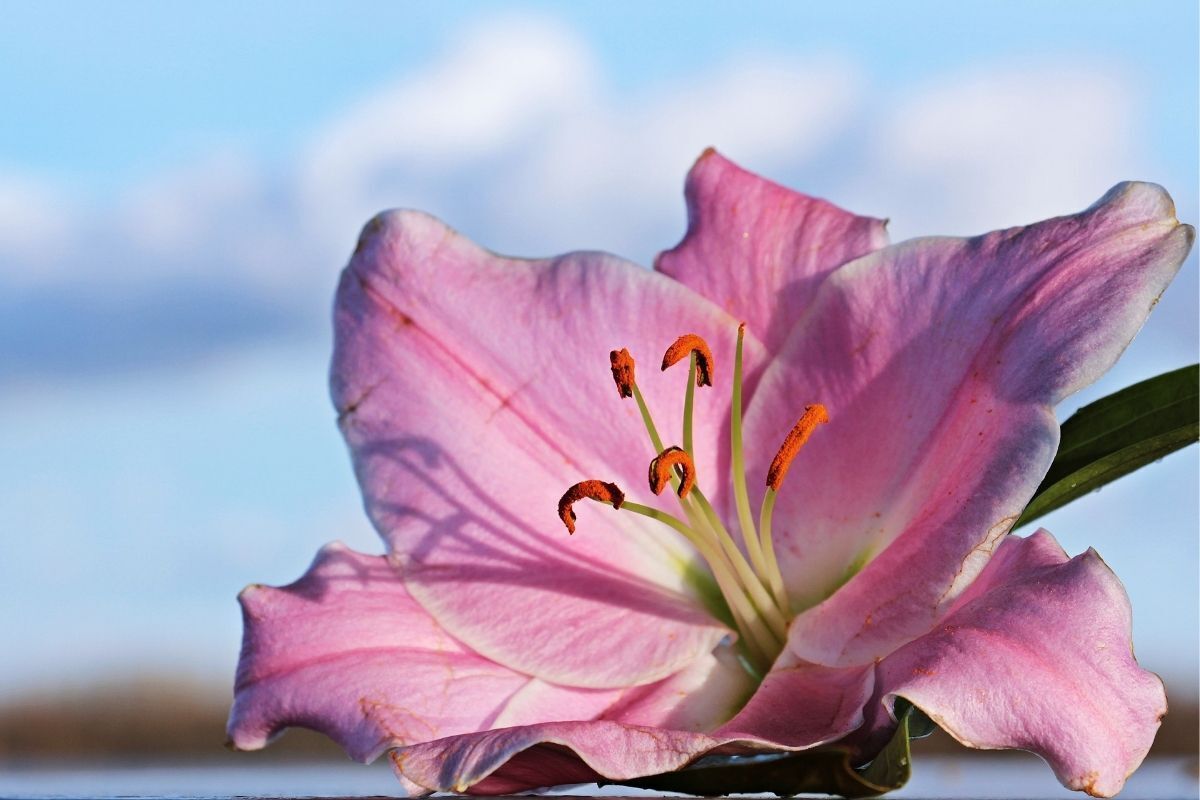
Have you ever stopped to think about why flowers enchant? According to studies, they enchant not only by their beauty, but also by their colors and perfume. They stimulate the sense of smell and sight, creating a sense of pleasure. And with lilies, this is no different.
The lilies, whether they are oriental, Asian, African or Brazilian, reached their diversity by the crossing of species and, today, can already be found in more than 100 different types. Their versatility, in decoration or in arrangements, has made them popular in all countries and cultures around the world.
Besides the fragrant and colorful flowers, each color has a different symbolism and meaning. Therefore, in addition to the benefits and its mystical properties, the lilies have become one of the best gifts to be offered in various occasions, symbolizing peace, hope and wisdom. Get yours!

